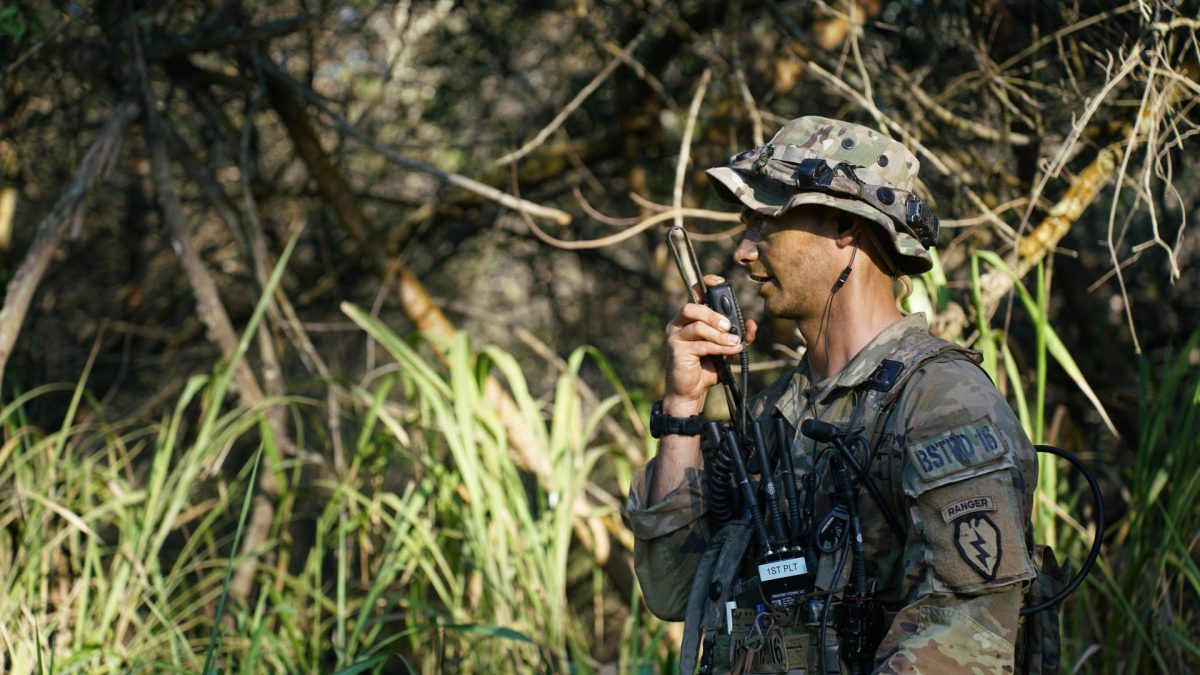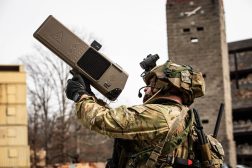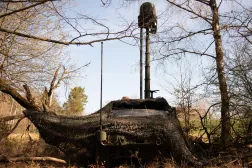Army wants more tech feedback from deployed units for new ‘transforming in contact’ concept

The Army wants to tweak units’ equipment and configurations while they’re deployed, gaining important real-world feedback on certain technologies.
Under an emerging concept dubbed “transforming in contact,” the service aims to allow formations in theater to be able to make adjustments to their setup, as opposed to having to wait until they come back to the United States for newer gear, according to its top officer.
The pace of future conflicts will be much faster, meaning troops will not only have to move more quickly on the battlefield itself to avoid being killed, but the rate of counteraction to tactics and technology will require new equipment on faster timelines. The service wants to use unit rotations to help determine what technologies and configurations its forces will need.
“It’s a really busy Army. We know we’re going to have to make some adjustments,” Gen. Randy George, chief of staff of the Army, said during an appearance at AUSA Tuesday.
He explained that Europe and the Pacific will be great places to learn how certain technologies and capabilities are being used rather than waiting for soldiers to return to their home stations. He cited unmanned aerial systems and electronic warfare tools as examples.
“Typically, everybody would say, ‘Hey, I have this window when I’m back in the States, and this is when I’m going to transform,’” he said. “I know that we can actually do that in Europe while we’re over there. Actually, we can test things in a new environment, in a different environment. What we’re doing with small UAS, what we’re doing with EW we can, actually, working with our allies and partners and doing all of that, that’s an adjustment that we’re making based on the realities of the fact that the Army is very busy.”
The feedback that big Army is seeking from these units is what types of gear certain formations need. George noted that each unit — from an artillery battalion to a cavalry squadron — would require different equipment, explicitly mentioning electronic warfare.
Officials in the past have explained that there won’t be a one-size-fits-all solution for electronic warfare, tailoring for echelon and region.
George noted that some of these adjustments will apply to a wide range of technology.
“We are selecting some brigades that we are actually going to do what we’re calling transforming in contact … We’re going to adjust the network inside those formations. We’re going to give them the UAS, the small UAS that they have inside of those formations. We’re going to add EW capability inside of those formations. We’re looking at adding robotics,” he said.
In a podcast published Monday, George noted that Army units can use deployments or exercises to adjust the network architecture.
“What can we do to adjust their network and to slim their network down, make it more lean, make them more lower signature, make them more mobile? Same thing with providing them the ability to have small UAS off the shelf. This gets back to working with companies. Give them additional EW capability, provide them loitering munitions,” he said. “We’re going to do that in Europe, we’re going to do that out in the Pacific and let units adjust … We get bottom up refinements and then we’re going to do that here stateside in CONUS inside Forces Command.”
The Army has sought to make its network more mobile, agile and adaptable, allowing units to tailor certain capabilities as needed.
George has already observed progress in how the Army has improved its network architecture, enabling units to be more mobile on the battlefield, He bluntly asserted that commanders at echelon believe the network has to be a number one priority because everything they do across all warfighting functions depends on the network.
During recent visits to the National Training Center, George said the 1st Armored Division had five vehicles, an RF shield, small drones to provide detection and some protection, and a command-and-control node that could be moved in five minutes.
“That’s where we need to be. It was very low signature,” George said. “You don’t want everybody to say, ‘Hey, that’s the division [tactical operations center] that’s on the battlefield.’ … You don’t want to be seen. You want to blend into the environment.”






